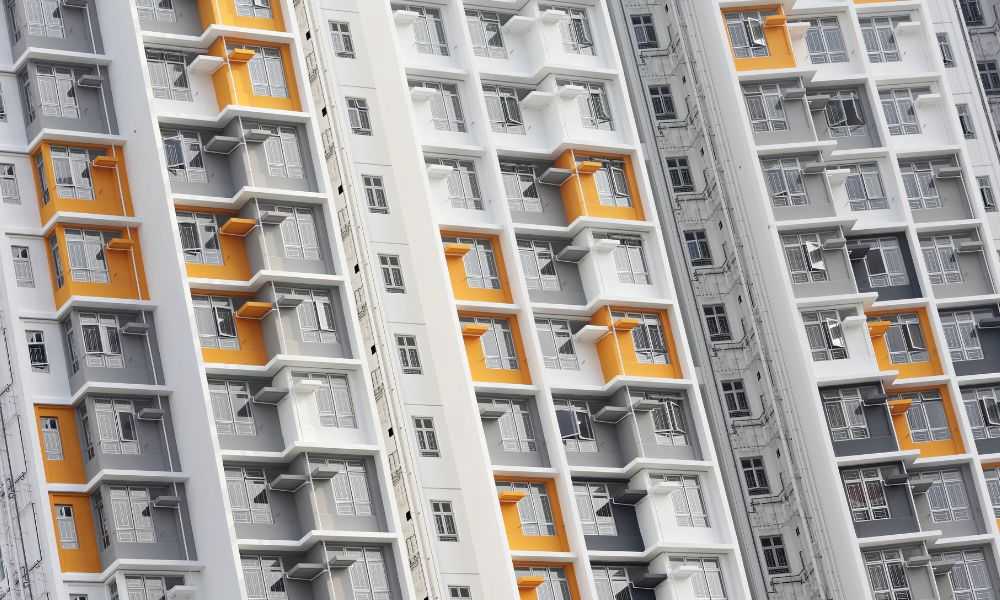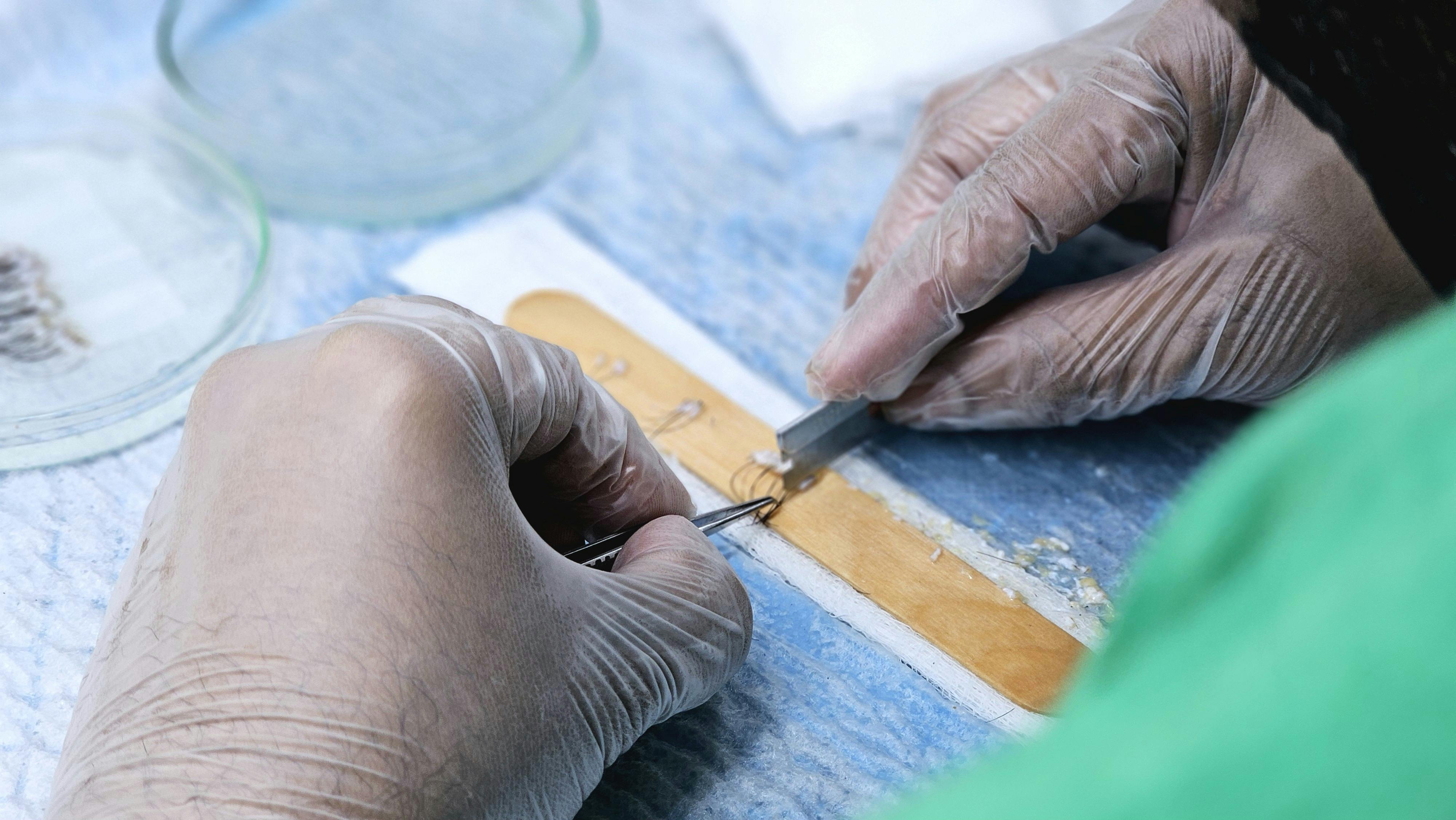What to Know About Prefab Homes, Installation Speed, and Costs
Prefabricated homes represent a modern approach to housing that combines efficiency, sustainability, and innovative construction methods. These factory-built structures are revolutionizing the housing industry by offering faster construction times, cost-effective solutions, and customizable designs that meet diverse homeowner needs. Understanding the key aspects of prefab homes can help potential buyers make informed decisions about this increasingly popular housing option.

How Quickly Can Prefab Homes Be Installed?
The installation speed of prefab homes is one of their most significant advantages. While traditional home construction can take 6-12 months, prefab homes can be assembled on-site in as little as 24 hours to several weeks, depending on the complexity and size of the structure. The rapid installation is possible because major components are manufactured in controlled factory environments, where weather delays and other construction setbacks are eliminated.
What Makes Prefab Homes Cost-Efficient?
Prefab homes typically offer substantial cost savings compared to traditional construction methods. The controlled manufacturing environment reduces material waste, labor costs, and construction time. Additionally, the streamlined production process and bulk material purchasing help manufacturers maintain competitive pricing. Energy-efficient designs and materials can also lead to long-term savings on utility bills.
What Design Options Are Available for Prefab Homes?
Modern prefab homes offer extensive design flexibility, ranging from minimal modern aesthetics to traditional architectural styles. Manufacturers provide various floor plans, exterior finishes, and interior customization options. Homeowners can choose from single-story ranches, multi-level homes, and even luxury designs with high-end finishes. Many companies also offer eco-friendly features and smart home technology integration.
Understanding Prefab Home Costs and Options
| Home Type | Average Size (sq ft) | Estimated Base Cost | Installation Timeline |
|---|---|---|---|
| Tiny Prefab | 400-800 | $30,000-80,000 | 1-3 days |
| Single-Story | 1,000-2,000 | $90,000-180,000 | 2-4 weeks |
| Multi-Story | 2,000-3,500 | $180,000-400,000 | 4-8 weeks |
| Luxury Prefab | 2,500+ | $350,000+ | 6-12 weeks |
Prices, rates, or cost estimates mentioned in this article are based on the latest available information but may change over time. Independent research is advised before making financial decisions.
What Should You Consider Before Choosing a Prefab Home?
Several factors require careful consideration when selecting a prefab home. Land preparation costs, local building codes, and zoning restrictions can impact the overall project. Transportation expenses from the factory to your site, utility connections, and foundation work are additional costs to factor into your budget. It’s also important to research manufacturer warranties, building materials, and energy efficiency ratings.
How to Get Started with Prefab Home Purchase
Begin by researching reputable manufacturers and requesting detailed quotes that include all associated costs. Schedule site visits to model homes and manufacturing facilities to understand build quality and available options. Work with local authorities to ensure compliance with building codes and obtain necessary permits. Consider hiring a local contractor familiar with prefab installation to manage site preparation and utility connections.
The prefab housing market continues to evolve with technological advancements and increasing demand for sustainable, efficient housing solutions. While the initial investment may vary significantly based on size, location, and customization options, prefab homes often provide excellent value through reduced construction time, consistent quality, and long-term energy efficiency.




